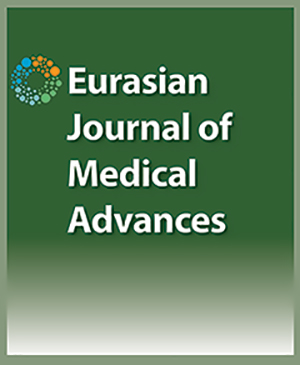

The Molecular Docking Study of Potential Drug Candidates Showing Anti-COVID-19 Activity by Exploring of Therapeutic Targets of SARS-CoV-2
Rohan R. Narkhede1, Rameshwar S. Cheke2, Jaya P Ambhore2, Sachin D. Shinde31Department of Medicinal Chemistry, National Institute of Pharmaceutical Training and Research, Raebareli, Lucknow, India, 2Department of Chemistry, Dr. Rajendra Gode College of Pharmacy Malkapur, Buldana, India, 3Department of Pharmacology, Shri. R. D. Bhakt College of Pharmacy Jalna, India,
Objectives: The novel human coronavirus which has been designated as SARS-CoV-2 was firstly emerged in late 2019 in Wuhan, China causing respiratory illness called COVID-19. This virus has spread rapidly around the globe. In view of the potential threat of epidemic, scientists around the world have been running to understand SARS-CoV-2 and investigate the pathophysiology of this disease to find out potential treatment and discover effective therapeutic drug candidate. The disorder caused due to the outbreak of coronavirus is an intense need for the development of potential agents against the SARS-CoV-2. Methods: In this study, we have measured the virtual interaction of COVID-19 main protease in complex with an inhibitor N3 (PDB ID 6LU7) with antiviral and antimalarial drug as well as SARS Spike glycoprotein-Human ACE2 complex (PDB ID 6CS2) with antimalarial drugs currently in the market using the AutoDockVina suite. Results: The binding energies obtained from the docking of 6LU7 with ligand, oseltamivir, ritonavir, remdesivir, ribavirin, favipiravir, chloroquine and hydroxychloroquine were found to be -4.7, -7.3, -6.5, -5.6, -5.4, -5.1, -5.3, kcal/mol, respectively. Similarly the binding energies obtained from the docking of 6CS2 with ligand, chloroquine and hydroxychloroquine were -7.1 and -6.8kcal/mol. The docking result suggest a higher affinity of the drug molecule such as oseltamivir, ritonavir, remdesivir, ribavirin, favipiravir, against SARS-CoV-2 since they attributed high affinity interactions withCOVID-19 main protease in complex with an inhibitor N3. In addition, chloroquine and hydroxychloroquine show prominent binding interaction with SARS Spike glycoprotein-Human ACE2 complex. Conclusion: From this study, we can be suggested that these drugs are promising candidates for antiviral treatment with high potential to fight specially against SARS-CoV-2 strain. Keywords: Antiviral drugs, hydroxychloroquine, SARS-CoV-2 protease
Cite This Article
Narkhede R, Cheke R, Ambhore J, Shinde S. The Molecular Docking Study of Potential Drug Candidates Showing Anti-COVID-19 Activity by Exploring of Therapeutic Targets of SARS-CoV-2. EJMO. 2020; 4(3): 185-195
Corresponding Author: Rameshwar S. Cheke



